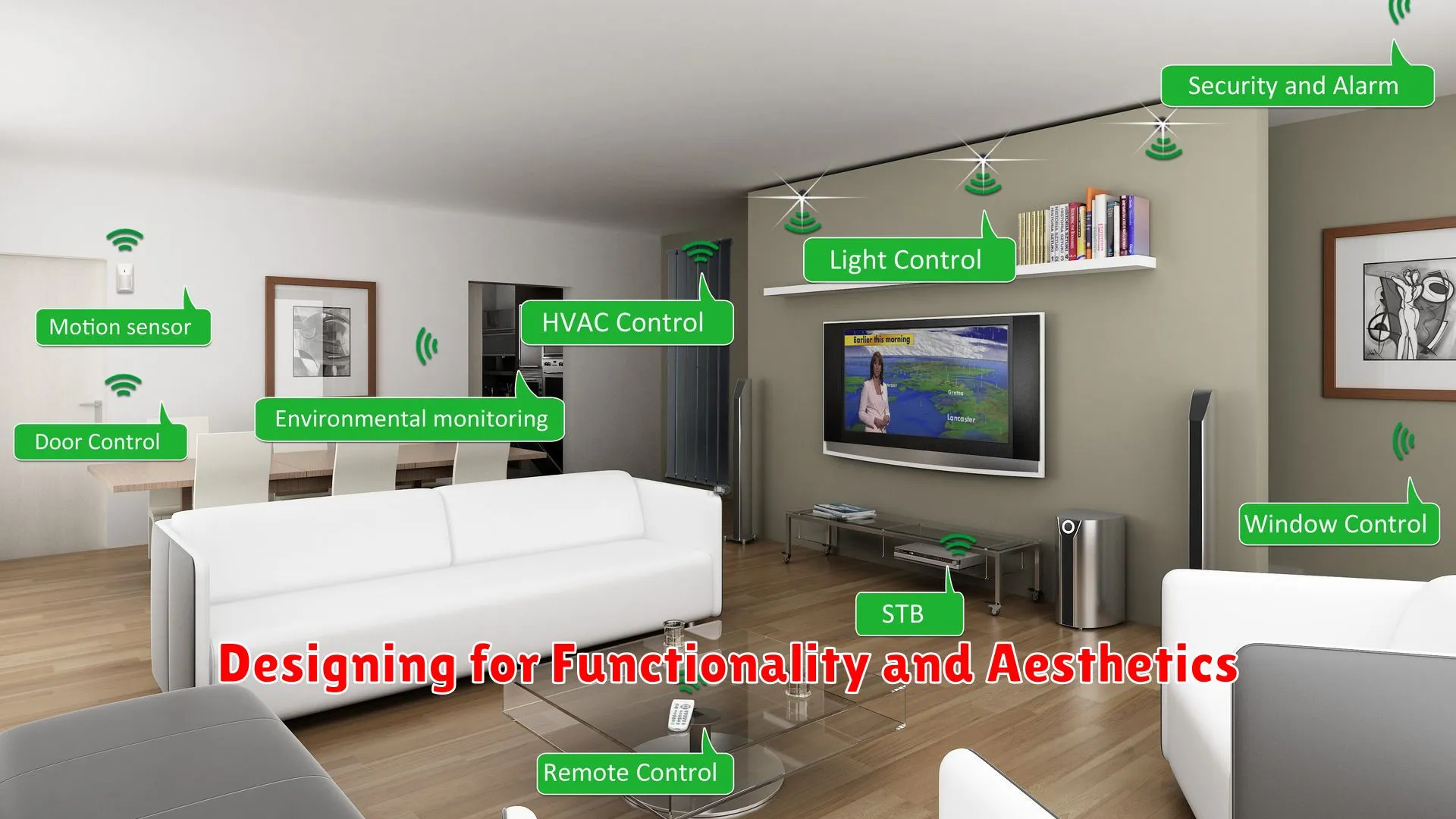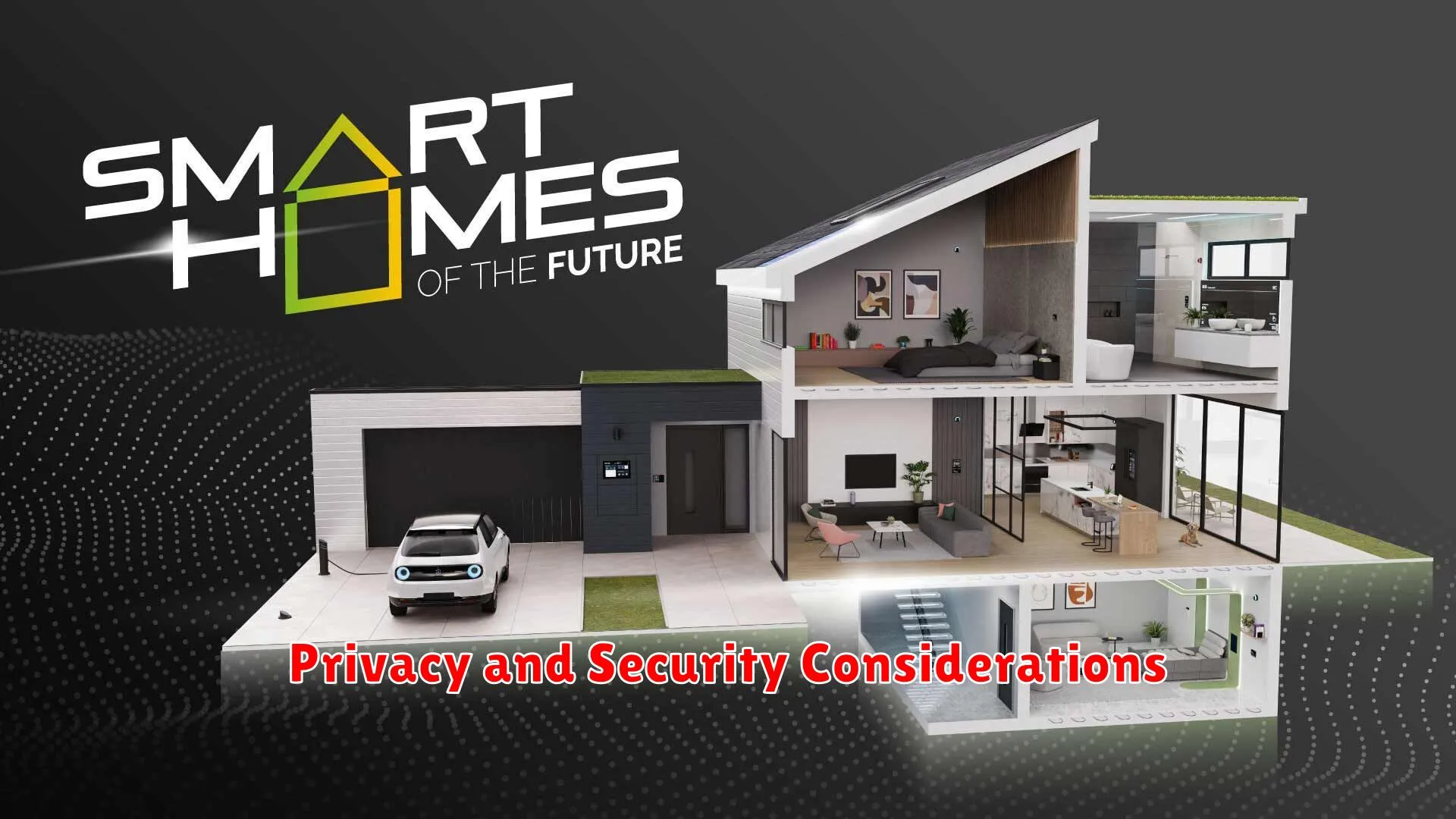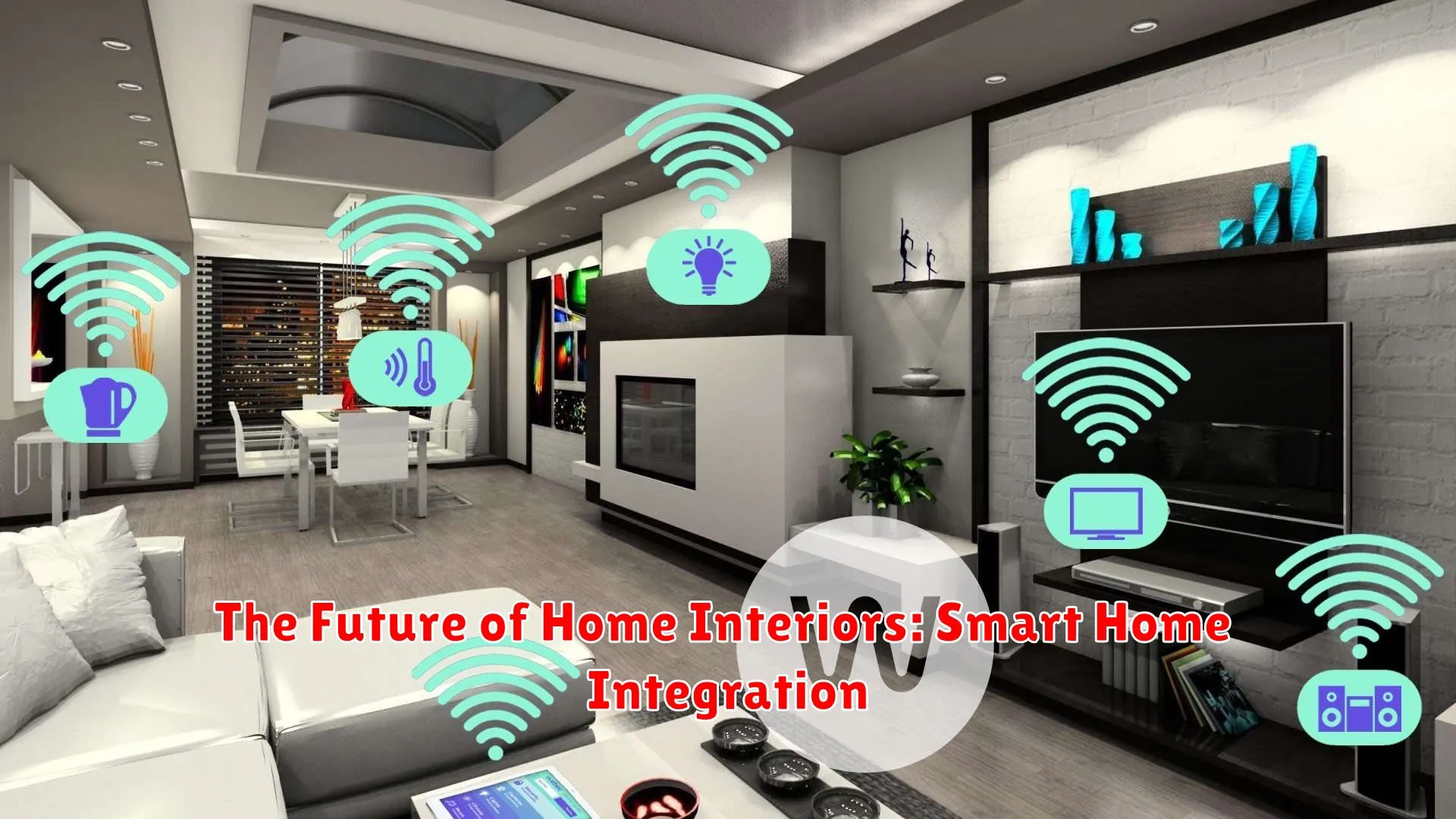Explore the cutting-edge advancements reshaping home interiors in the age of technology with our insightful look into Smart Home Integration’s role in shaping the future of domestic living.
The Basics of Smart Home Technology

In the realm of home interiors, smart home technology has become increasingly popular, offering a new level of convenience and efficiency for homeowners. Understanding the basics of smart home technology is essential for those looking to integrate these innovative solutions into their living spaces.
1. Connected Devices
One of the fundamental aspects of smart home technology is the use of connected devices. These devices, such as smart thermostats, lighting systems, and security cameras, can be controlled remotely through a smartphone or voice commands, allowing homeowners to monitor and adjust their homes from anywhere.
2. Home Automation
Home automation is a key component of smart home technology, enabling various devices to work together seamlessly. With automation, tasks like adjusting the temperature, turning on lights, or even brewing coffee can be programmed to occur automatically based on preset schedules or conditions.
3. Voice Control
Another important feature of smart home technology is voice control. Virtual assistants like Amazon Alexa or Google Assistant are commonly used to operate smart devices through voice commands, providing a hands-free and intuitive way to interact with your home environment.
4. Energy Efficiency
Smart home technology also emphasizes energy efficiency. By monitoring and optimizing energy usage, these systems can help homeowners reduce their utility bills and minimize their environmental impact without sacrificing comfort.
Designing for Functionality and Aesthetics

In the realm of home interiors, the integration of smart home technology is revolutionizing the way we design living spaces. When it comes to creating a smart home, it is essential to prioritize functionality and aesthetics to ensure a seamless and visually pleasing environment.
Integrating Functionality
Designing for functionality means incorporating technology that enhances the daily lives of residents. Smart thermostats, lighting systems, security cameras, and voice-activated assistants are just a few examples of how technology can improve the efficiency and convenience of a home. It is crucial to consider the needs and habits of the inhabitants when selecting and integrating these technologies into the design.
Marrying Aesthetics with Technology
While functionality is key, aesthetics play an equally important role in the design of smart home interiors. Technology should seamlessly blend into the overall aesthetics of the space, enhancing rather than detracting from the design. This involves careful selection of sleek and stylish devices, as well as thoughtful placement and integration into the existing decor.
Creating a Harmonious Fusion
Designing for smart home integration requires a delicate balance between functionality and aesthetics. By combining cutting-edge technology with timeless design principles, homeowners can create a space that is not only efficient and convenient but also visually stunning. The future of home interiors lies in the ability to seamlessly merge technology with traditional design elements, resulting in spaces that are both smart and beautiful.
Privacy and Security Considerations

When it comes to the future of home interiors and smart home integration, privacy and security considerations play a crucial role in ensuring a seamless and safe user experience. As more devices and appliances become interconnected through smart technology, it opens up potential vulnerabilities that need to be addressed.
Data Protection
One key aspect of privacy in smart home integration is data protection. With devices collecting and transmitting data, it’s essential to implement robust security measures to safeguard personal information from unauthorized access. Homeowners should be aware of how their data is being used and stored by smart home systems.
Secure Networks
Another critical consideration is the security of networks within smart homes. Ensuring that home networks are secure with encryption and strong passwords can help prevent intrusions and protect against cyber threats. Regular software updates and monitoring network activity are also vital security practices.
Permissions and Access Control
Implementing permissions and access control mechanisms can help homeowners regulate who has access to their smart home systems. Setting up restrictions and defining user roles can enhance security and minimize the risk of unauthorized individuals gaining control over connected devices.
Vendor Accountability
Choosing reputable vendors and manufacturers for smart home devices is essential for privacy and security. Researching companies’ track records in handling data and ensuring they prioritize security measures can contribute to a safer smart home environment.
Conclusion
In conclusion, the integration of smart home technology is set to revolutionize home interiors, offering convenience, efficiency, and customization to homeowners for a more connected and automated living experience.




